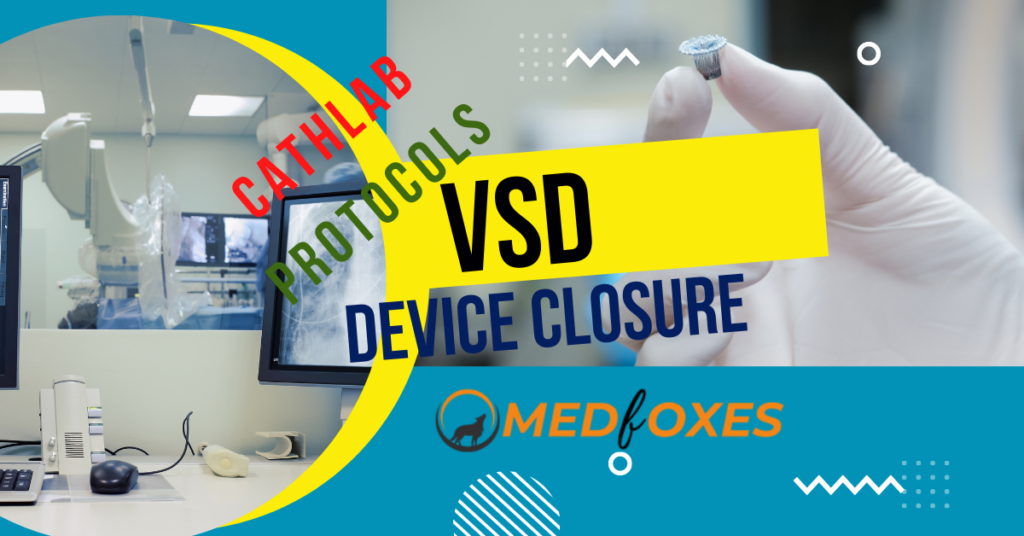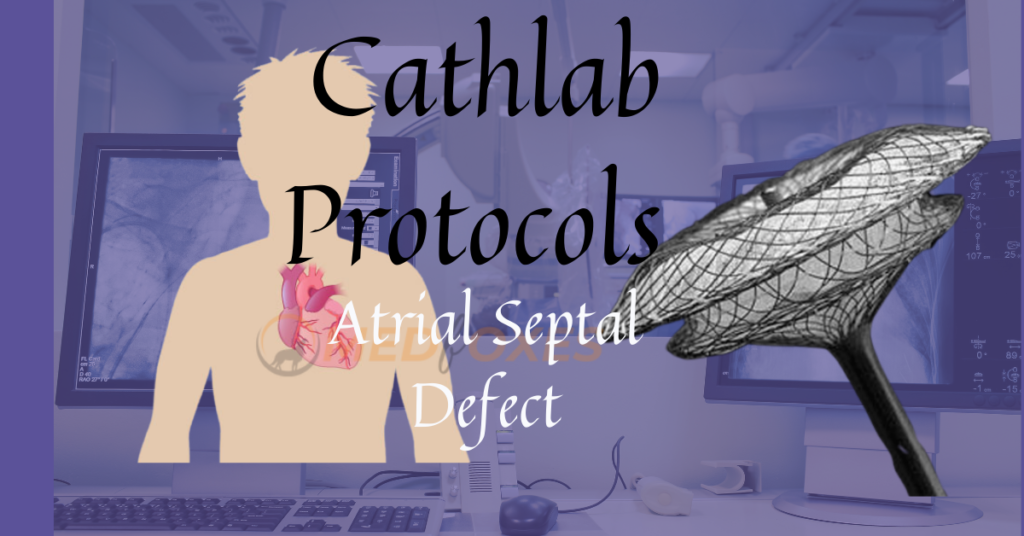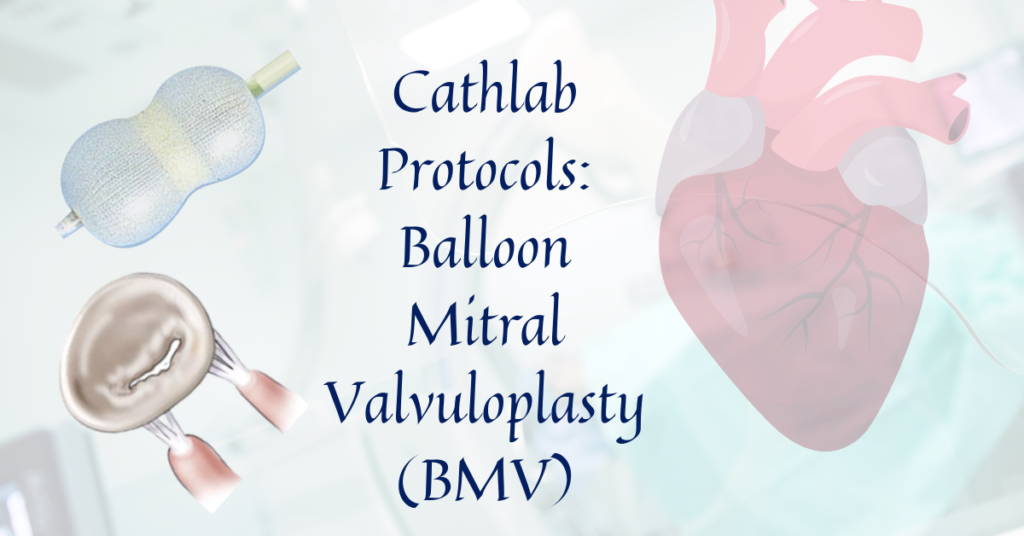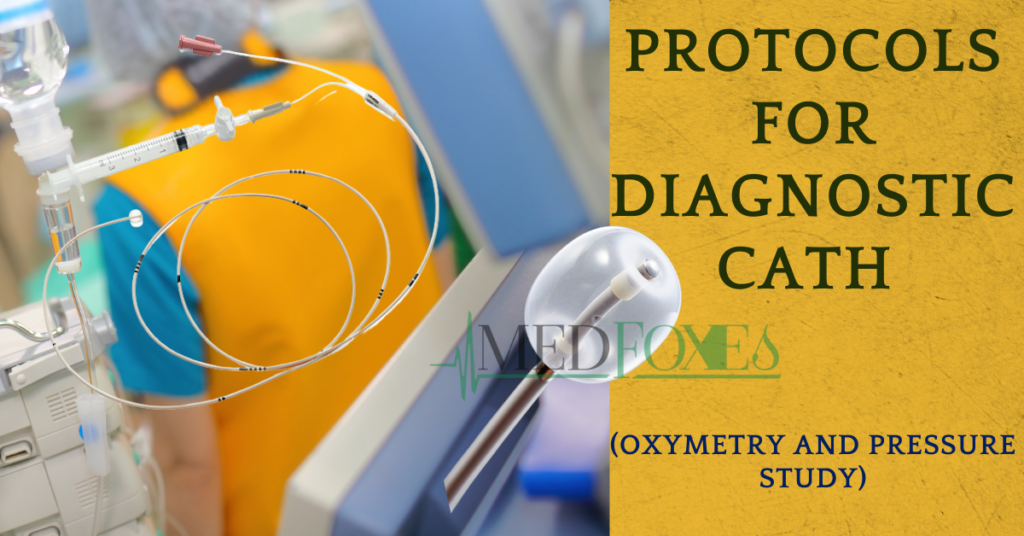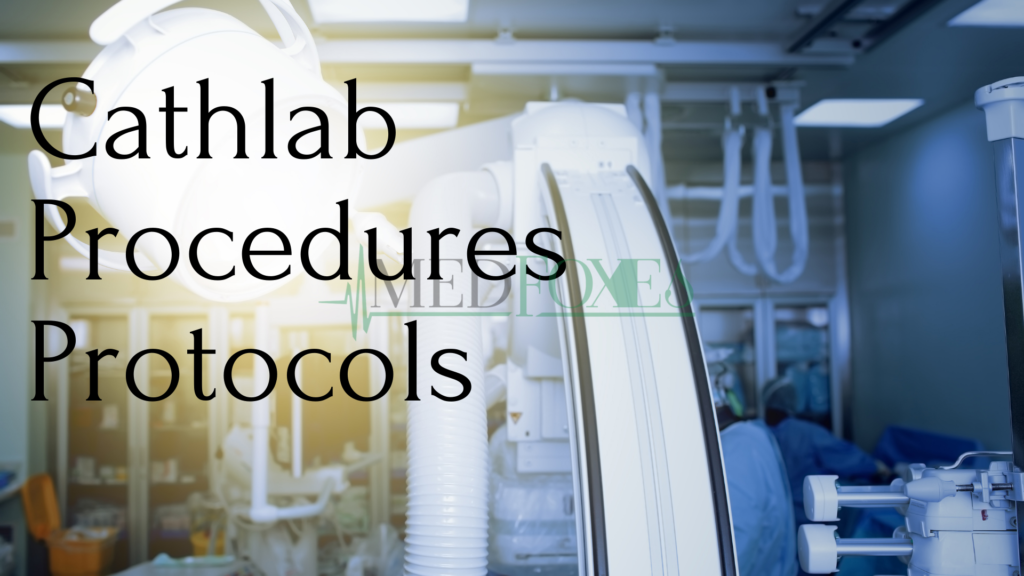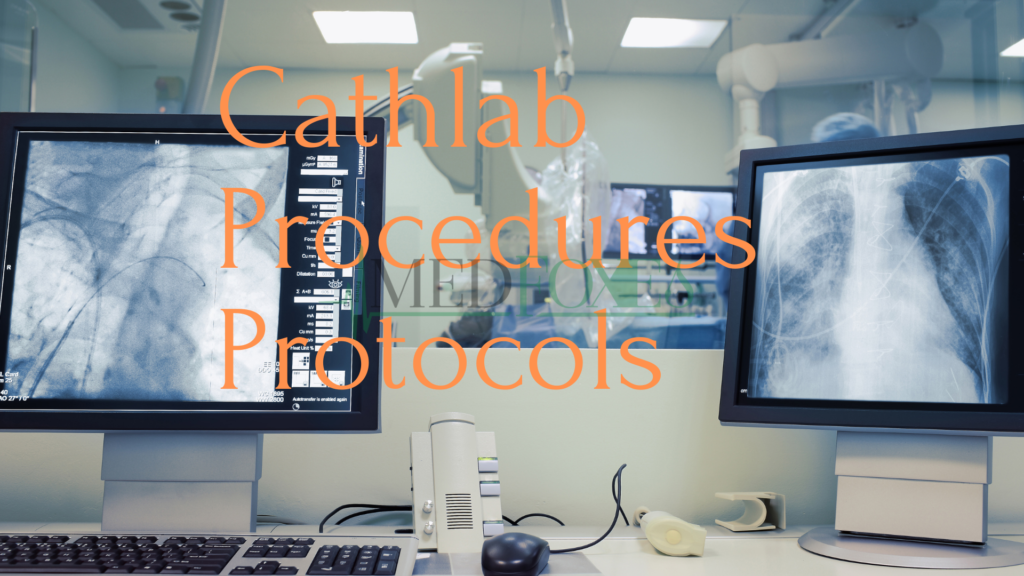3-Dimensional Rotational Angiography an Imaging Tool in Atrial Fibrillation Ablation
Since the first reports of percutaneous catheter therapy for atrial fibrillation (AF) were published exactly twenty years ago, the field has grown exponentially. The current standard of care, which has evolved through many techniques and treatment plans, entails pulmonary vein isolation (PVI) using Radio-frequency (RF) or other energy sources. While it has been demonstrated that […]
3-Dimensional Rotational Angiography an Imaging Tool in Atrial Fibrillation Ablation Read More »



